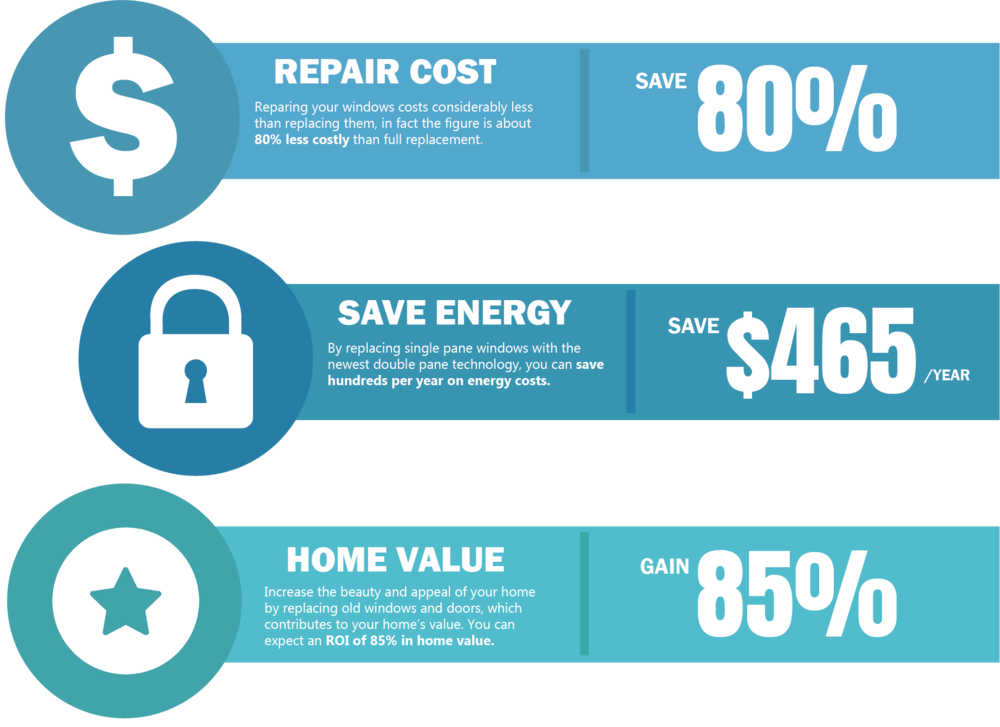Master The Key Pressure Washing Methods Suited For Various Surface Area Types To Recognize Excellent Outcomes-- Check Out The Methods That Result In An Impressive Surface
Master The Key Pressure Washing Methods Suited For Various Surface Area Types To Recognize Excellent Outcomes-- Check Out The Methods That Result In An Impressive Surface
Blog Article
Write-Up Created By-Viborg Markussen
When it concerns pressure cleaning, the method you select can make all the difference in accomplishing a tidy, streak-free surface. You may locate that hard surfaces, like concrete, need a various technique than softer materials, such as wood or plastic. It's vital to adjust your methods to the surface area kind to prevent damages while making best use of cleaning performance. So, what are the best methods for every surface, and exactly how can you guarantee you're utilizing the ideal settings and devices for the task? Let's discover what you need to know to obtain the best outcomes.
Hard Surface areas
When it involves push washing hard surfaces, prep work is crucial. Before you even think of pulling out the pressure washer, make the effort to remove the location of any particles, furniture, or barriers. You don't desire anything entering your way or potentially damaging your equipment.
Next, examine the surface for any fractures or damage; this will help you establish the ideal method and pressure setups.
As soon as you have actually prepared the area, it's necessary to choose the right nozzle. For hard surface areas like concrete or block, a slim nozzle (15 or 25 degrees) functions best to supply a concentrated stream of water that can successfully get rid of gunk and spots. Always start at a distance and progressively move closer to prevent any kind of surface damages.
As you start cleaning, keep the stick moving to stop streaks and over-saturation. It's additionally practical to work from the top down, allowing dirt and debris to remove naturally.
Lastly, remember to rinse the surface completely after cleansing to get rid of any type of leftover detergent. With these methods, you'll accomplish a tidy and rejuvenated appearance on all your difficult surface areas.
Soft Surfaces
Stress washing soft surface areas calls for a gentler strategy to safeguard them from damages. Whether you're cleansing your deck, outdoor patio furniture, or siding, making use of way too much stress can result in dents, scrapes, or even irreversible injury.
Start by choosing a low-pressure nozzle, ideally a 25-degree or wider spray pattern, to disperse the water much more delicately.
Prior to you begin, it's crucial to pre-treat any kind of discolorations with a suitable cleaning option. This step permits the cleaner to penetrate the dust and gunk, making it easier to remove without scrubbing also hard.
Always use the option from the bottom approximately avoid spotting.
When you start stress cleaning, maintain a range of a minimum of 12 to 18 inches from the surface area. Move your wand in a sweeping movement, keeping it alongside the surface to prevent concentrated pressure on one place.
commercial window washers after cleaning to get rid of any residual cleaner.
Lastly, examine the surface area for any kind of missed out on spots and duplicate the procedure if necessary. By following these steps, you can efficiently clean soft surfaces while maintaining their stability and look.
Specialty Surfaces
Cleaning up soft surface areas calls for treatment, however specialized surface areas demand a lot more interest to detail. When local window washing businesses tackle these surface areas, like delicate timber, tarnished concrete, or certain kinds of house siding, utilizing the appropriate pressure cleaning techniques is important to stay clear of damages.
First, assess the product. As an example, treated wood can commonly endure modest pressure, however softer timbers like cedar might need a reduced setup. Constantly begin with the most affordable pressure and progressively increase if essential.
For stained concrete, make use of a follower spray nozzle and maintain a consistent distance to stop etching the surface.
When taking care of surface areas like vinyl house siding or painted surfaces, a large spray pattern helps disperse the stress uniformly, safeguarding the finish.
It's likewise important to make use of cleaning agents especially developed for specialty surfaces. They can enhance cleaning without compromising the product.
Rinse completely after washing to eliminate any kind of deposit, as it can result in staining or damage gradually.
Conclusion
Finally, mastering pressure cleaning techniques for different surfaces can make all the distinction in your cleansing results. For difficult surfaces, adhere to slim nozzles and a top-to-bottom method, while soft surface areas require a gentler touch with bigger nozzles. Don't forget to pre-treat spots and wash completely to prevent deposit. By adjusting your methods to every material, you'll not only attain a cleaner coating but also protect the integrity of your surface areas. Pleased cleansing!
